
Grumpy Monkey
(Support the author by purchasing this book.)
Jim is in a bad mood - he's not even sure why. His animal friends offer many ways to enjoy the beautiful day - but nothing really works. In the end, Jim discovers it's okay to be grumpy and it helps just to sit and relax with a friend and be grumpy.
This books takes us on the journey from recognizing when we are grumpy to managing the feelings inside. Along the way, the author presents many fun lessons that can be used in the classroom. Here are some ideas:
- Identify Feelings: I just love how the animals point out what grumpy looks like: "But look how you are standing... you're all hunched." and "Your eyebrows look grumpy... they're all bunched up". And even when he makes himself look happy, he wasn't happy on the inside. The body language and facial expresions in the illustrations are impressive!
- Match Feelings: Look at the picture cards and discuss how the monkey feels ineach picture. Imitate his body language and role play the feelings. See if you can find matching body expressions in the book.
- Comprehension Questions: Here are question cards in order. Place in story as reminder to stop and ask along the way. (The monkey picture matches the monkey on the page)
- Write about what makes you grumpy: Discuss things that may make you grumpy and note that everybody is different. We may have different feelings about the same situations. Here is a visual to help discuss what makes you grumpy. Then students can write or draw what makes them grumpy.
- Move like the Animals: How can you feel better? The animals in the book give advice how to not be grumpy. Draw a card and try to do the animal's suggestion. This is a fun activity for motor planning and dramatic play.
- Feeling Better: The animals tried to help Jim be happy. Discuss what makes you feel better when you are grumpy. Here is a visual for class discussion and wristbands for reminders.
- Don't Get The Grumpy Monkey: Here is a game to play with one child in therapy or with a small group in the classroom. Use with questions or tasks (such as practicing speech words, doing math problems, or answering questions). Place these cards in a pile. Each turn, the child does the task and then draws a card collecting animal cards. But watch out for the Grumpy Monkey! The person who draws the grumpy monkey has to return all of their cards back to the pile. Person with the most cards at the end of the game wins.
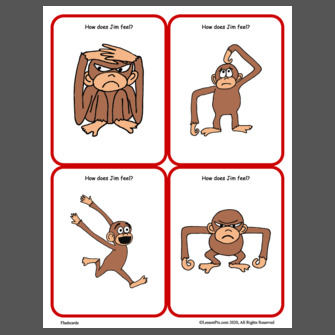
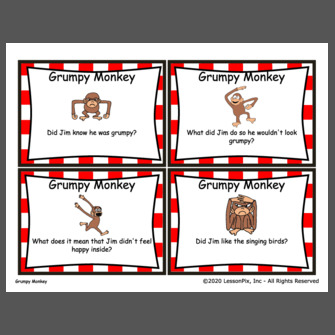
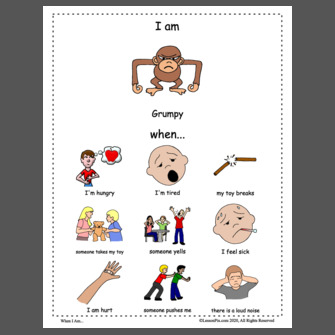
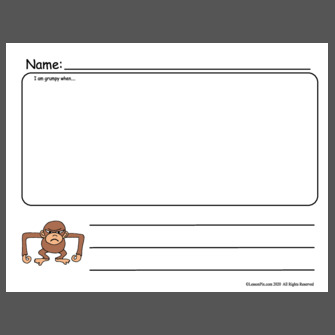

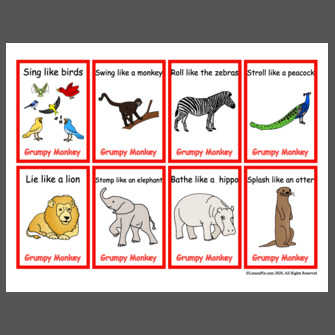
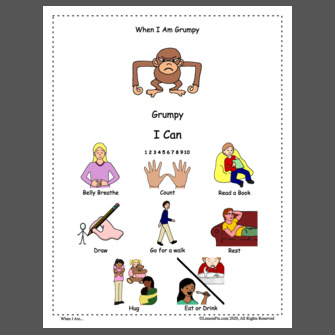
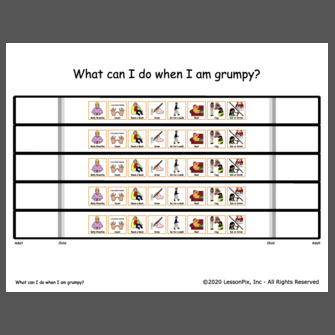

 Facebook
Facebook Twitter
Twitter Pinterest
Pinterest